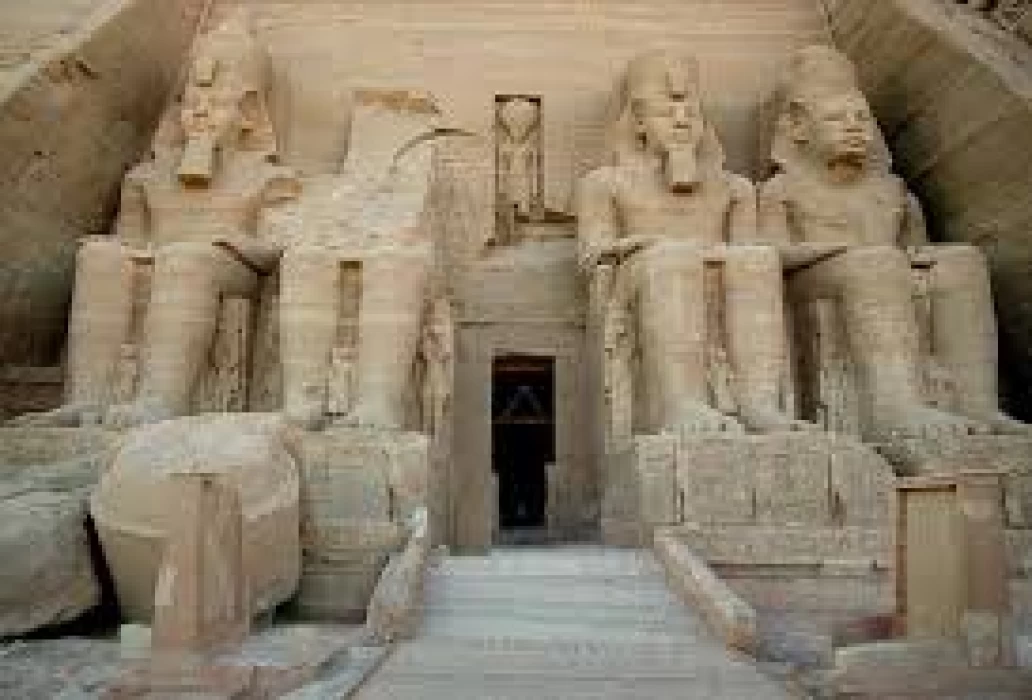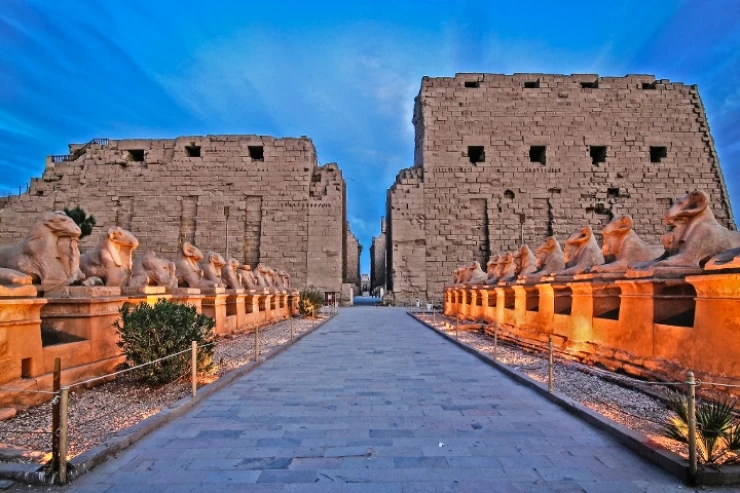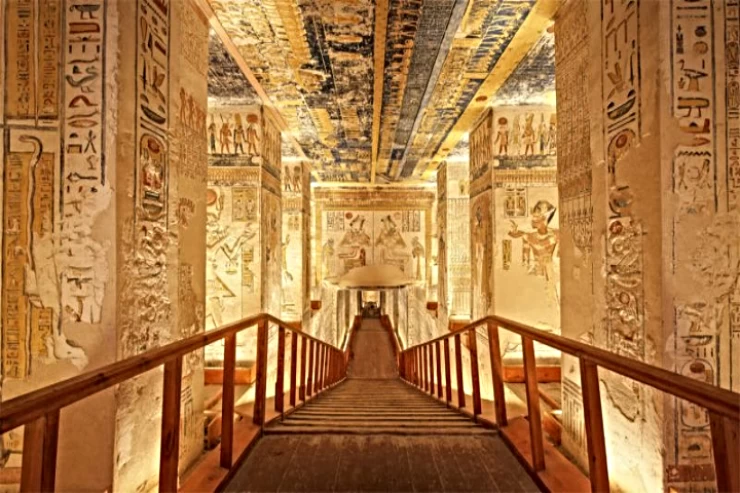
The Nineteenth Dynasty in Ancient Egypt
Facts About The Nineteenth Dynasty in Ancient Egypt
History of Ancient Egypt What was literature like during the Nineteenth Dynasty? Literature took a new direction in the era of the New State in general, other than the one it had been following in the past. Until this time, the material of literature was high artistic language in all its colours, such as stories, proverbs, proverbs, wisdom, and reflections, and this language was close to the language of conversation if it dealt with vital documents or depicted popular stories.
In the modern era, the artistic language has disappeared, and none of the people no longer understand it or like it, and its first appearance was prominent in the era of ‘Akhenaten’, as people began to write poetry in the common language, and the Song of the Sun was written in this language, which contains within it the platform of religious reform that we talked about in the previous part (see Part V), and the system of writing in the common language settled and was destined to survive, and during the reign of the nineteenth dynasty, a strong literature appeared written in this new language, which we called ‘New Egyptian’.
Nineteenth Dynasty, a strong literature emerged in this new language, which we called ‘New Egyptian’, in which letters, stories, science, lyrical, religious and secular poetry, as well as government correspondence in general, and schools remained dangerous in the era of modern Egyptian, but their methods revived as much as the Egyptians tasted the sweetness of life in this era, as they saw the world with a satisfied eye and adored it and were passionate about it.
Regarding political life, Ramses II launched his first military campaign to quell a rebellion in Nubia very early in his reign, most likely while still serving as his father's co-regent. The event is commemorated by reliefs in a little rock temple at Beit el-Wali, which shows the young King standing triumphantly in his chariot with two of his offspring, the Crown Prince Amunherwenememf and Khaemwaset. Ramses II launched his first significant expedition in Syria during the fourteenth year of his regency, which brought Amuru back under Egyptian control.
This was short-lived, as the Hittite King, Muwatalli, made the quick decision to retake Armuru and attempt to stop the Egyptians from gaining more territory. As a result, Ramses II again breached the boundary fortress at Sile the following year and openly declared war on his adversary.
















